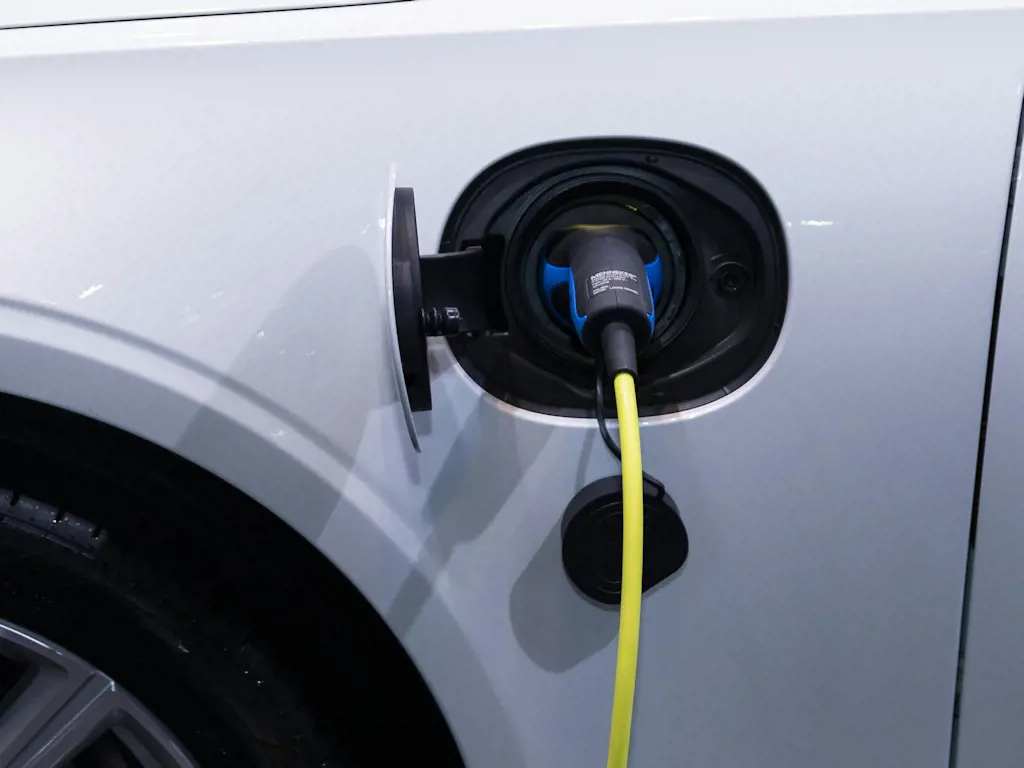
World EV Day 2024: The Long, Complicated Road to an Electric Future
As we observe World EV Day 2024, it’s essential to recognise that while electric vehicles (EVs) are undeniably part of the future of transportation, their widespread adoption will be as complex and nuanced as any other major automotive shift in history.
For those with a long memory, the rise and fall of diesel as an environmentally friendly powertrain option serves as a cautionary tale. Twenty years ago, diesel was promoted as the clean, efficient choice that could help cut emissions and fuel consumption. Governments incentivised its use, and OEMs invested heavily to develop and refine diesel technologies. Fast forward to today, and diesel is not only out of favour but actively targeted for its role in air pollution, particularly in urban areas. The lesson is clear: the automotive supply chain is full of unexpected twists, and the journey toward electrification is unlikely to be any different.
The EV Transition: A Gamble OEMs Have Already Made
In the short term, the shift to EVs presents numerous challenges for OEMs, who are caught between government regulations and market realities. The UK’s Zero Emission Vehicle (ZEV) mandate, which requires all new cars to be zero-emission by 2035, is a prime example. The mandate pushes manufacturers toward electric vehicles, but many argue it does little to stimulate organic consumer demand. Instead, OEMs are forced into a situation where they must invest heavily in EV production, regardless of whether the market is ready to embrace the technology.
For some OEMs, the gamble has already been made. Volvo, for instance, announced ambitious goals to become an all-electric brand by 2030 but has since tempered its targets. Toyota, too, has scaled back its EV production forecasts for 2026 by 30%, citing slower-than-expected consumer demand and ongoing supply chain issues. Both companies still intend to be significant players in the EV space, but their moves highlight the market's uncertainties.
Despite these adjustments, one thing is sure: EVs are coming and will soon be a significant part of the automotive landscape. OEMs have already invested enormous sums into developing new electric models, securing battery supplies, and retrofitting factories for EV production. However, whether consumer demand rises to meet these new offerings remains to be seen.
The Dealer Dilemma: Pressures on the Retail Side
The situation for dealerships is equally fraught. Many dealerships are being asked to stock more extensive inventories of electric vehicles, even as consumer interest remains tepid. This creates a mismatch between what manufacturers produce and what buyers look for on the lot. Dealers face a tricky balancing act: they must meet the sales quotas set by OEMs while trying to navigate a customer base that is either hesitant about the switch to electric or unconvinced by the current value proposition.
Range anxiety, the availability of charging infrastructure, and the still-high upfront cost of EVs all contribute to this consumer hesitancy. While governments have introduced incentives to make EVs more appealing, more than these measures may be needed to bridge the gap, especially in markets where public charging networks are underdeveloped or unreliable.
This creates significant pressure for dealers to find ways to move electric models, even when demand isn’t there. The result could be a situation where dealerships are stuck with unsold EV inventories, creating financial strain and challenging their relationships with OEMs.
The Future Is Electric - But It's Complicated
As we celebrate World EV Day, we must be realistic about the challenges ahead. The push toward electrification is not simply a matter of policy directives and technological advances. The complexities of the automotive supply chain, the unpredictable nature of consumer demand, and the pressures on OEMs and dealerships alike mean that the road to a fully electric future will be anything but smooth.
Many OEMs have already bet on electric vehicles, pouring billions into R&D, production lines, and supply chains to prepare for the electric era. Yet, as with the rise and fall of diesel, there’s no guarantee that the market will respond in the ways that governments and manufacturers expect. The pressures from ZEV mandates may force OEMs to push EVs onto a reluctant market, creating friction between production goals and actual sales.
In the coming years, we are likely to see more strategy shifts as companies like Toyota and Volvo adjust their targets in response to real-world conditions. The key will be finding a balance between regulatory demands and market realities, a challenge requiring ongoing adaptation from manufacturers and dealerships.
While it’s clear that EVs are part of the automotive future, the complexities of this transition should not be underestimated. The journey toward widespread electrification will take time, and there will undoubtedly be bumps along the way. However, the electric vehicle market will eventually find its footing with sustained investment, innovation, and consumer education.
Have a great week.
